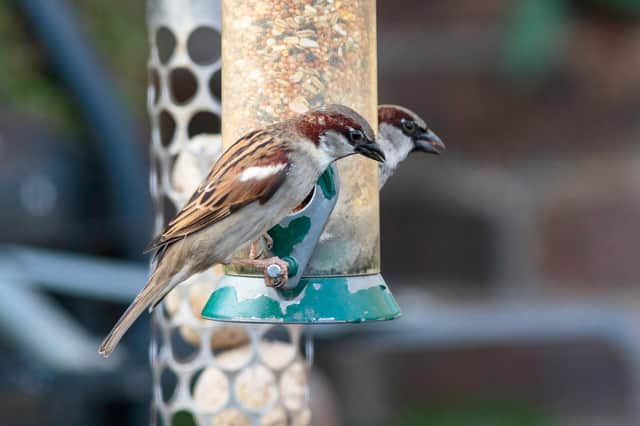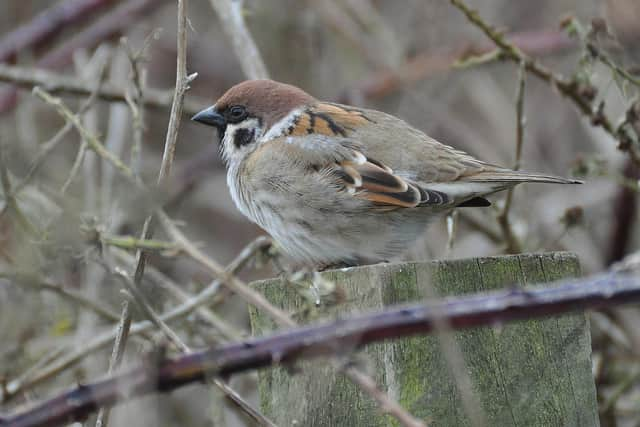NATURE NOTES: Hope Birdwatch sparks interest towards nature


The rules are simple. RSPB ask that you spend on hour watching and recording the birds that visit your garden, this doesn’t include birds that are just flying over and you only record the maximum count at any one time to make sure that you aren’t double-counting.
You then submit your data with some details about your garden to the RSPB who will publish the results later in the year. I’m sure that many of you took part yourselves over the weekend.
This was our list for one hour


House Sparrow – 35
Tree Sparrow – 2
Robin – 2
Dunnock – 2
Blackbird – 2
Starling – 1
Feral Pigeon - 4
Black-headed Gull – 22
Jackdaw – 14
Advertisement
Hide AdAdvertisement
Hide AdWe put a range of food for our feathered friends but we don’t see much variety in our garden.
What we do have is a lot of House Sparrows, a species which is in serious decline in the UK but we can still record up to 100 on most days. Why is our garden so good for the humble spuggy? I put it down to three things, firstly we feed them, secondly the houses in our street are old, being built in 1900 they haven’t got plastic soffits or fascias, providing nesting places and thirdly we have a big, thick privet hedge which provides cover and shelter.
Despite having a nice area of woodland within 200 metres of home that holds a great number of species including Jay, Nuthatch, all of the common Tit family and host of finches, we don’t see these birds in our garden. I think I’ve worked out why – isolation.
Despite being so close, there are no stepping stones between our garden and the woodland. Over the last few years most of the gardens in our street have become sterilised as far as nature is concerned. The hedges have been replaced by close-board fences, the trees and shrubs have been removed and at best, replaced with lawns and trampolines and at worst are covered in gravel or paving slabs. All low maintenance and all low in value in for birds, mammals and pollinating insects. The ‘good’ gardens left as oasis in a wildlife desert.
Advertisement
Hide AdAdvertisement
Hide AdI was horrified to read this week of a housing developer that had included plastic hedges around some newly-built houses, because seemingly, that’s what people want. The developer is probably right. In the new housing estate in our village, native shrubs were planted by the developer but many of these have already been ripped out by the new residents and replaced with low-maintenance gravel.
The combined area of all of the gardens in England is greater than all of our nature reserves put together. Imagine how much wildlife would benefit if even half of these gardens were looked-after in a nature friendly way?
More worryingly it says a lot about our increasing disconnect with the natural world around us. I’m hopeful that initiatives like Big Garden Birdwatch might just ignite a spark of interest in nature and encourage people to do a little bit more to help it.